Journal of Biomimetics, Biomaterials and Biomedical Engineering Vol.48
Glass ionomer cement (GIC) is the most commonly used restoration material because of biocompatible material. GIC is restoration material that can be attached to enamel either to dentin physicochemically. The adhesion properties of teeth to restoration have an effect on marginal adaptation. This causes different attachment values. An alternative difference in attachment can be achieved by adding bioactive glass silica material to glass ionomer cement. The formation of hydroxyapatite can be occurred by bioactive glass silica between the tooth surfaces and the restoration materials and it is been expected to reduce microleakage rates. The purpose of this study was to seen the effect of adding 5% silica nanoparticles from sea sand to the GIC on microleakage rates. In this study, silica was synthesized from sea sand by using coprecipitation method. Specimens were 20 maxillary premolars were classified into two groups which were applied GIC (n=10) and silica 5% modified GIC as restorations (n=10). The specimens were immersed in 5% methylene blue solution for 24 hours, then were observed under stereomicroscope and SEM. There were a difference score microleakage and mean value of distance between silica 5% modified GIC with enamel and dentin had smaller distance, as compared to GIC.
{{comment.content}}
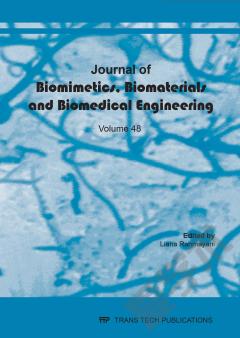
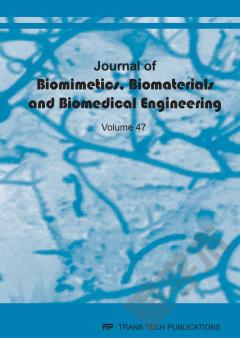
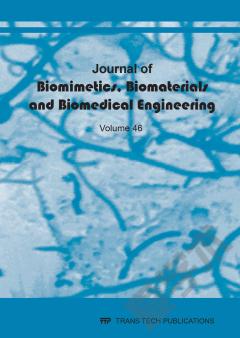
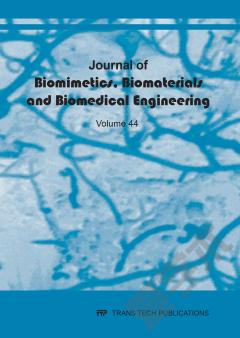

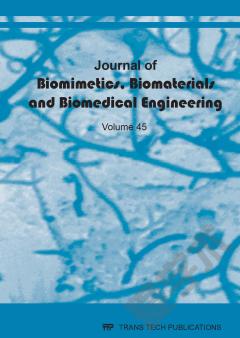
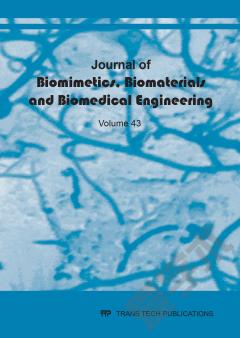

 京公网安备 11010802027623号
京公网安备 11010802027623号